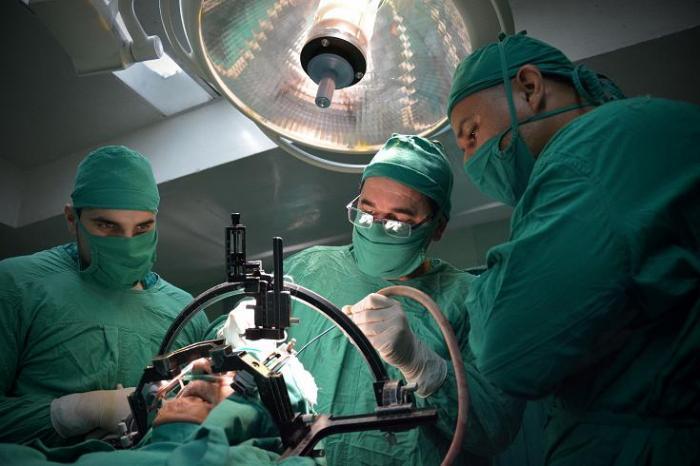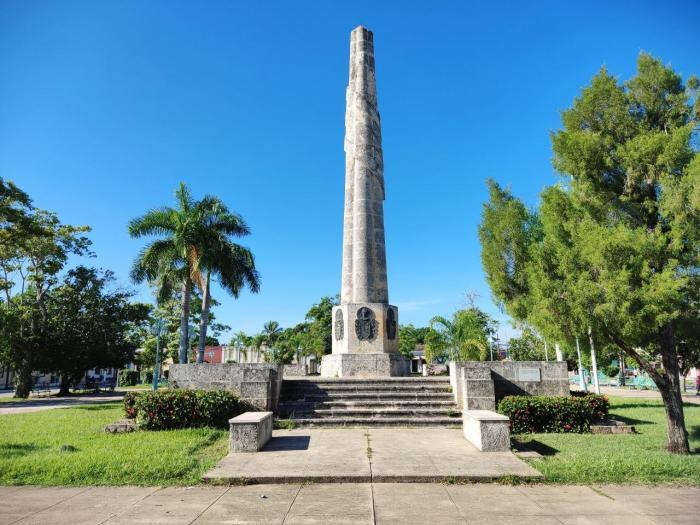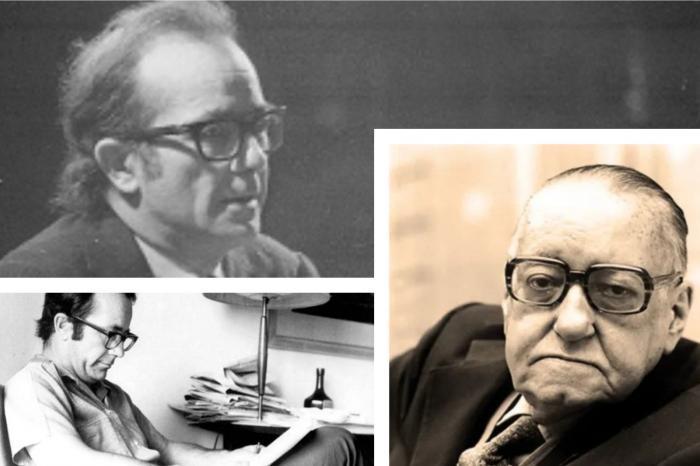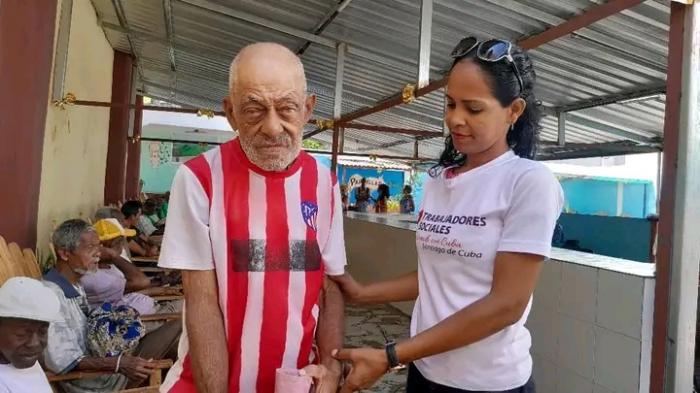In the world there are around seven million people suffering from Parkinson
 11 April 2025
11 April 2025



After Alzheimer's disease, Parkinson's disease has become the second most frequent neurodegenerative disease in the world, and the one with the highest growth in terms of incidence during the last decades, and has set off alarm bells in the international scientific community specialized in the subject.
In view of the projections that already foreshadowed this alarming upward trend, the World Health Organization (who) took the initiative to establish World Parkinson's Day in 1997, with the aim of raising awareness of the severe impact it has on the deterioration of patients' quality of life and to pool knowledge and resources in order to tackle the disease.
April 11 was chosen as the date of birth of the illustrious British neurologist James Parkinson, who, in 1817, was the first to describe what he called, at that time, paralysis agitans.
The fundamental symptoms are motor, mainly stiffness, tremor of the hands and legs, impaired balance and the progressive decrease of movements of the hands, arms, legs and head. In advanced stages, people can no longer control them voluntarily.
All of the above leads, on many occasions, to the total disability of the patient, which is why the disease is one of the leading causes of absolute disability worldwide.
Other symptoms that can be observed during the course of the disease are insomnia, anxiety, depression, pain in the shoulder joints and in the cervical region, as well as smell disorders.
According to Javier Sanchez Lopez, M.D., a specialist in Neurology at the Institute of Neurology and Neurosurgery, recent research suggests that Parkinson's disease seems to be basically due to a deficit of Dopamine in the nervous system, a neurotransmitter that intervenes in the regulation of different functions in the human organism, such as motor behavior, emotion, affectivity and communication.
"Some studies link the onset of the disease to hereditary factors in a certain percentage of cases, so it is of great value to know if there is a family history.
"In general, it tends to occur more frequently after the age of 60 and 65, more often in men than in women. Recent international experience indicates that it can appear after the age of 50 and even earlier".
As Dr. Javier Sánchez explained, there are currently around seven million people suffering from Parkinson's disease on the planet, while WHO estimates put the number of sufferers at around 14 million by 2040. The notable increase in the number of cases is closely related to the accentuated aging process of the world's population.
CIREN'S EXPERIENCE
Dr. Ivonne Pedroso Ibáñez, a second-degree specialist in Neurology and head of the Movement Disorders and Neurodegenerative Diseases Clinic of the International Center for Neurological Restoration (Ciren), explained to Granma that, since its creation more than 30 years ago, the entity provides medical assistance to patients with Parkinson's disease who are referred by different levels of health care.
Although there is still no cure, the essential thing to reduce the significant adverse effects of the disease is to make the clinical diagnosis as early as possible, based on the observation of the patient's symptoms in the neurological examination, and immediately apply the indicated treatments.
"The treatment we apply in our clinic is personalized according to the predominant symptoms and the disabilities present. It combines the use of antiparkinsonian drugs, especially Levodopa (considered the most effective of those currently used to achieve control of mobility fluctuations), with physical rehabilitation and surgery."
The experience of three decades shows that when the above-mentioned purposes are achieved, the possibilities of improving the quality of life of the patients are promisingly favorable, said Dr. Ivonne Pedroso.
She described as a real strength the integral, multidisciplinary and dedicated work of the group of researchers, physicians and other professionals, which made it possible to treat more than 4,000 inpatients and 9,000 outpatients.
José Luis Pérez Ramos, 66 years old, debuted with the disease in 2006, and began to be treated at Ciren when he presented involuntary movements, slow walking and speech disorders.
He said that in his particular case, the treatment consisted of taking the drugs Levodopa+Carbidopa, together with physical exercise and drinking plenty of fluids. Then I was included in a clinical trial with NeuroEpo. Today he continues to work and is able to remain as active as possible.
The technological scientific development, Dr. Pedroso pointed out, opens new horizons in the knowledge of the pathophysiology of the disease and in the possibility of making faster, safer and more accurate diagnoses, by means of markers and other tools.
In addition, the incorporation in recent years, with promising results, of non-invasive magnetic and electrical brain stimulation, which works favorably in the control of motor and non-motor symptoms, by modulating the neuronal circuits and neurotransmission systems, favoring the release of Dopamine, she stressed.




